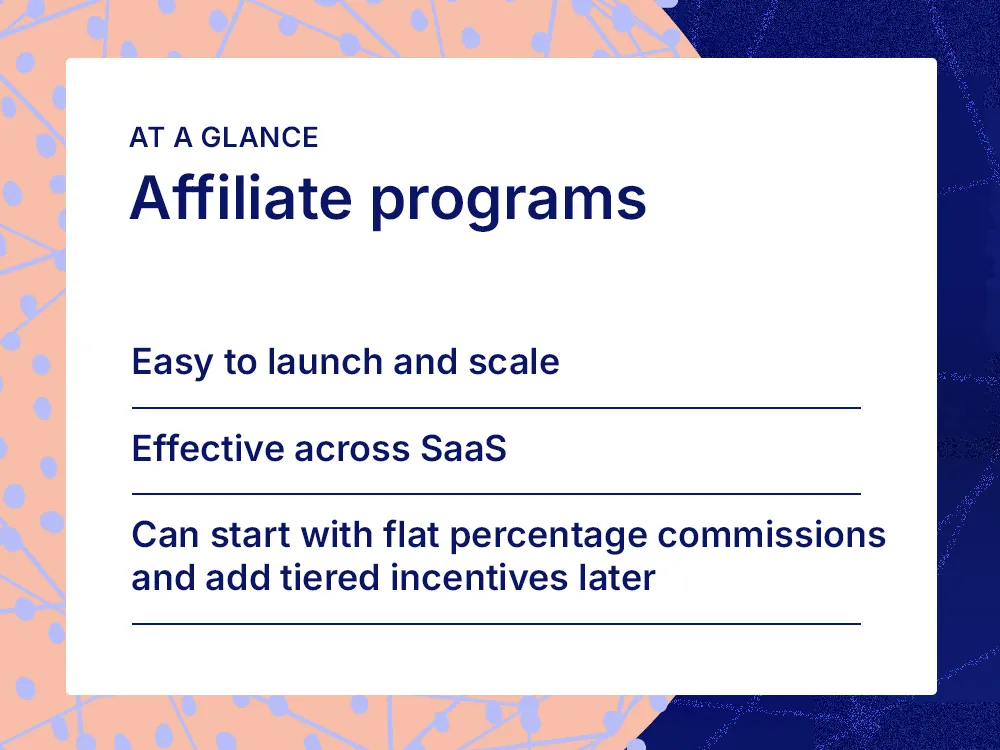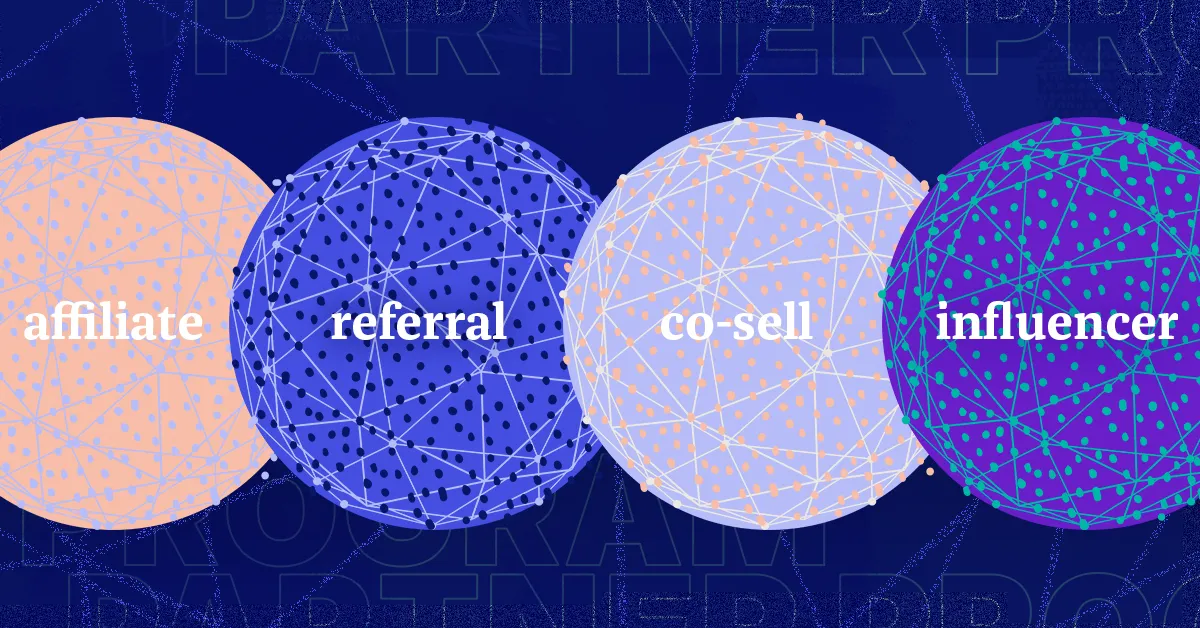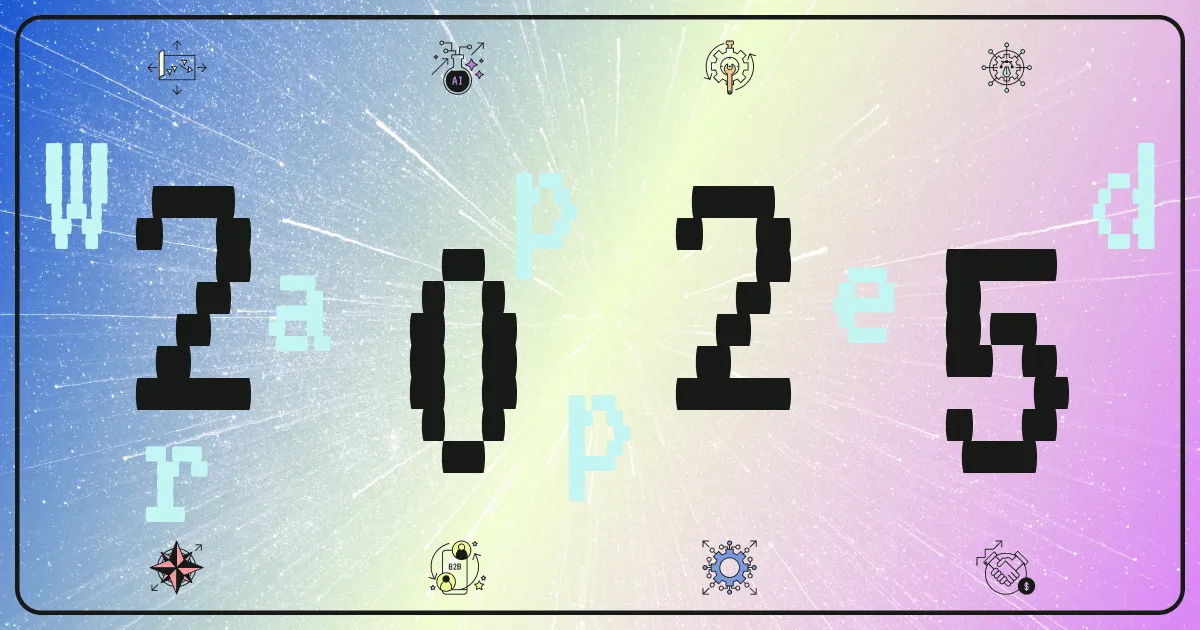Partnerships can accelerate growth, but not all motions work the same way. Some drive awareness, others generate pipeline and others help you close deals. Choosing the right motion at the right stage separates programs that thrive from those that stall.
The four most common partnership motions are affiliate, referral, co-sell and creator.
Partnership success requires matching your chosen motion to three critical factors: your current growth constraints, your operational capabilities and your market dynamics. Get the match wrong, and even perfect execution won’t deliver results. According to Chris Lavoie, founder of Partnership Mastermind, most partnership programs that fail do so because they try to scale too fast — they’re not doing the right partner motion at the right time.
This article explores when to launch each motion, the challenges to expect and the signals that show it’s working.
When to launch an affiliate program
Affiliate programs are often the most common entry point into partnerships because they are simple to launch and scale. Partners promote your product through tracked links and earn commission on conversions. This motion has proven effective across SaaS.
For example, Jungle Scout built its affiliate program to reach creators trusted by Amazon sellers, while Looka did the same with design-focused publishers. Both turned affiliates into a consistent source of new signups.
To succeed, affiliates need easy-to-use tools such as branded assets, a partner hub with FAQs and a clear commission structure. Many SaaS programs on PartnerStack start with flat percentage commissions and later add tiered incentives to motivate top performers.

Challenges of affiliate programs: Some affiliates may drive clicks that do not convert. Monitoring performance and optimizing your partner mix ensures quality.
Signals your affiliate program is working: Acquisition tied to affiliate IDs grows steadily, and top partners begin requesting new ways to promote your product.
Read more: AI is reshaping affiliate marketing — here’s how leaders are adapting.
When to launch a referral program
Referral programs formalize advocacy that often happens informally. They reward customers or partners for sending qualified leads to your sales team. Because the lead comes from a trusted source, close rates are often higher.
Compared to affiliates, referrals require deeper enablement. Partners need product guides, demo recordings and email templates to qualify leads effectively. CRM-integrated referral forms make handoffs smooth.

Challenges of referral programs: Because referrals are trust-based, it is critical to vet partners. Incentives must be simple enough to encourage referrals without creating friction.
Signals your referral program is working: Referral leads close faster and at higher average deal sizes. Partners begin requesting updated sales materials, and high-performing affiliates often graduate into referral partners.
Case study: Teamwork scaled its pipeline this way, turning existing customer advocacy into a predictable revenue channel.
When to launch a co-sell program
Co-sell motions go beyond referrals. Your sales team and partner reps align on shared accounts, exchange insights and join calls together to close bigger, more complex deals.
This motion makes sense when you are moving upmarket or targeting enterprise accounts, or when your product naturally complements another vendor’s offering. Co-sell shines when ecosystem trust influences decision makers.
Co-sell requires structure. Build a joint pipeline process, create co-branded decks and battlecards, and establish clear rules for account ownership. Many companies rely on platforms like PartnerStack to make opportunities visible across both sales teams.

Challenges of co-sell programs: Co-sell is resource-intensive. Sales reps may resist sharing credit if incentives are unclear, and partners can lose momentum without consistent alignment.
Signals your co-sell program is working: You will see higher average selling prices on co-sold deals, stronger win rates, and greater adoption of joint account planning. Sales reps and partner managers increasingly request joint quarterly business reviews and co-branded battlecards.
Case study: CallRail improved its co-sell outcomes with PartnerStack by aligning internal and partner sales teams. This created greater pipeline visibility, streamlined lead sharing and supported stronger enterprise deals.
Read more: The co-sell tech stack: what enterprise teams actually use.
When to launch an influencer program
B2B creators and influencers shape buying decisions long before sales enters the picture. Podcasts, newsletters and LinkedIn content have become trusted channels for buyers researching new tools. SaaS companies entering competitive markets often rely on niche creators and podcasters to build awareness and preference before demand shows up in pipeline.
This motion works best if you need visibility in a crowded category or credibility in a new market. Success depends on identifying creators already trusted by your ICP. Collaborations can take the form of joint webinars, sponsored posts or case study features that feel natural to the influencer’s audience.

Challenges of influencer programs: Measuring ROI in influencer programs is harder than it is in affiliate or referral programs. The biggest risk is choosing creators with large followings but little influence over your buyers.
Signals your influencer program is working: Buyers mention creator content in sales calls, branded campaigns outperform benchmarks and creators ask for deeper engagement, such as co-hosting events or accessing product features early.
You might also like: Creator program tools for B2B SaaS teams and when to use them.
How to choose the right partner motion
Not every program fits every stage. If your goal is fast, scalable acquisition, start with affiliates. If you want higher-quality leads, add referrals. When you are ready to win larger deals, co-sell becomes the natural next step. If you need to shape perception early, creator partnerships amplify awareness across trusted channels.
As you grow, you don’t have to choose only one partner motion. The strongest ecosystems usually layer motions over time. HubSpot runs both affiliate and solutions partner programs, which together drive distribution and adoption. Monday.com expanded its ecosystem by adding new partner types and revenue streams as it scaled. Apollo.io began with an affiliate program and expanded into multiple tracks. It now has four partner tracks, and its partner program accounts for more than 10 per cent of company revenue.
Ready to launch a partner motion?
Partnership success requires more than enthusiasm. It comes from aligning the right motion with your growth stage, your resources and your market. PartnerStack is built to support affiliate, referral, co-sell and influencer programs, giving you the flexibility to grow your partnership strategy at every stage. Book a demo.
This article was originally published in 2022.


















